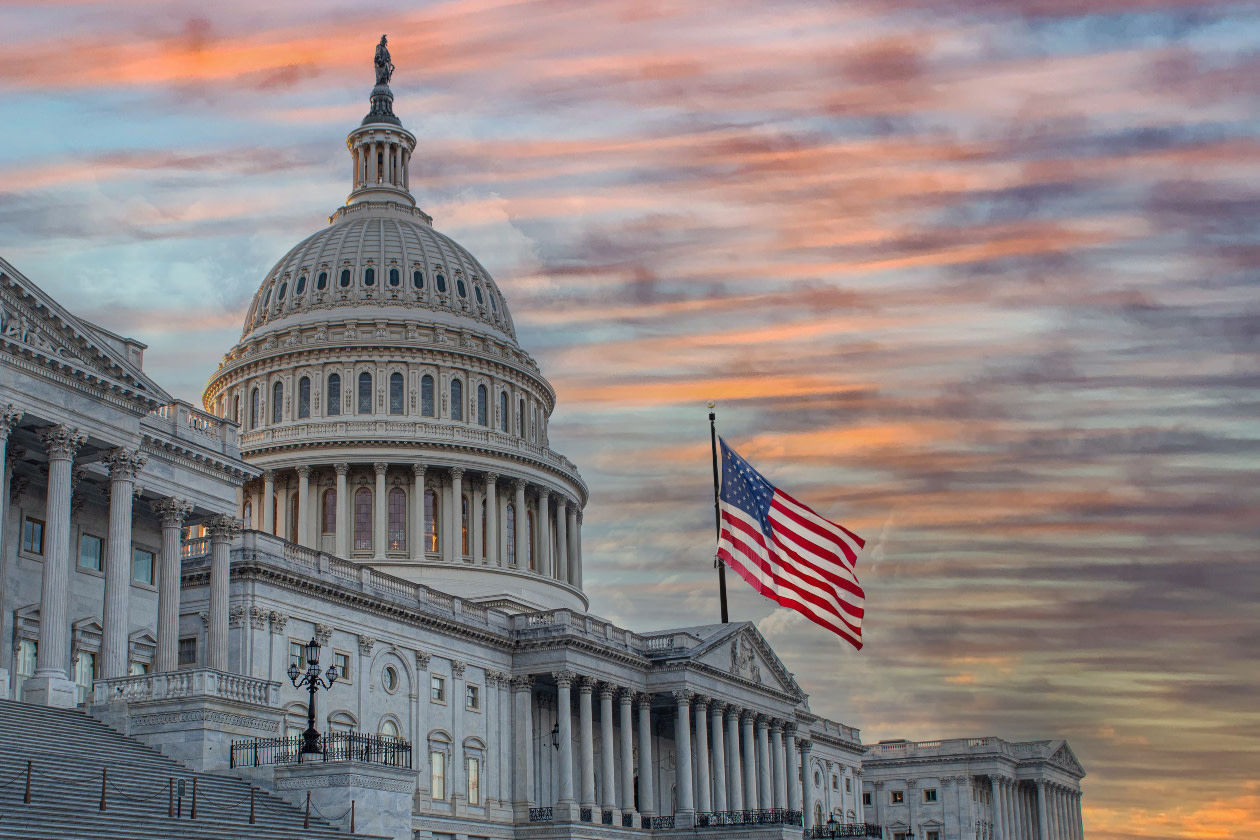The writer is chair of Rockefeller International. His new book is ‘What Went Wrong With Capitalism’
It has long been clear that 2024 would be a historic year for democracy, with more than 30 national elections worldwide. But only in the last few days have commentators started to focus on the economic impact of these battles.
Sharp market reactions to the results in India, Mexico and South Africa have raised some basic questions. Do economies perform better under a strong majority government or a broad coalition? Under a party of the left or the right? Under an incumbent leader or a fresh face?
To answer, it is important to recognise that financial markets are not driven by any ideology. They are incentivised to focus on prospects for the economy, not the political system. What my research reveals is that whether the government is weak or strong, left or right, doesn’t seem to matter much for the economy. But new leaders are strongly associated with higher growth and returns.
Consider first the economic record of coalition governments. History shows that fractured parliaments are not necessarily bad economic news. In countries such as India, Brazil and Italy, the economy has done better under minority governments.
India, for example, adopted a less socialist approach to policymaking only after it became a true multi-party democracy in the late 1970s, and the economy started to shrug off stagnant per capita income growth in the following decades. On election day this year, the market dropped sharply on news that Prime Minister Narendra Modi’s party had lost its outright majority. But it has since bounced back, perhaps recognising that coalition governments don’t necessarily mean weaker growth.
The same is true of parties labelled as left-wing. A study of 173 governments in 24 countries shows no difference in stock market returns, whether a party considered of the left or right was in power.
True, investors often take flight when a leftist-sounding politician gets elected, but they then assess what that leader does in office. The most memorable case was Brazilian firebrand Luiz Inácio Lula da Silva. He scared off investors before his term began in 2002 with campaign threats to default on Brazilian debt but turned economically orthodox once in office.
There may be a similar scenario brewing in Mexico, where Claudia Sheinbaum’s landslide election victory exceeded expectations. Markets fear that the Morena party, having returned to power, will double down on its socialist agenda. But what Sheinbaum will do in office has yet to be seen.
The United States offers a clear demonstration of exactly how non-partisan Wall Street can be. Starting in the late 1860s, when the two-party political system began to solidify, the stock market has on average returned 68 per cent per term under Democratic presidents and 52 per cent under Republicans. This gap does not, however, reveal a hidden party bias. A closer look at the data shows that economic conditions (mainly GDP growth and inflation) were more favourable when Democrats were in office. This was largely due to coincidence.
That brings us to one political factor that does seem to matter: fresh faces. Newer is better. Studying over 50 democracies since the late 1980s, I found more than 70 leaders who lasted beyond one term.
In developed countries including the US, UK and France (all of which hold elections soon), GDP growth fell steadily from 2.9 per cent in the leader’s first term to 2.6 per cent in their second and 2.4 per cent in rare third terms.
In emerging countries, where leaders can have a bigger impact because they tend to face fewer institutional constraints, growth on average fell from 5.3 per cent in the first term to 4.4 per cent in the second and just 3.5 per cent in the third.
Markets seem to sense decay as leaders become complacent and stale over time. In the emerging economies, the stock market outperformed peers by 20 per cent during a durable leader’s first term, generated middling returns in the second term, and significantly underperformed during the third. In the US too, the gap is striking. Since the late 1860s, eight presidents have served two full terms, with market returns averaging 80 per cent in the first term and a mere 29 per cent in the second.
It is important to keep in mind that the fate of economies and markets is determined by many factors. Politics is just one piece of the puzzle. But for anyone trying to foretell the economic impact of global elections this year, it would be wise to begin by looking for neither strong majorities nor political labels. Just new faces.
This article was written by Ruchir Sharma from The Financial Times and was legally licensed through the DiveMarketplace by Industry Dive. Please direct all licensing questions to legal@industrydive.com.

